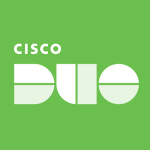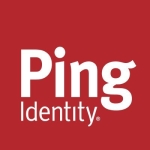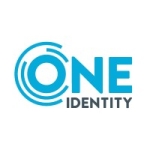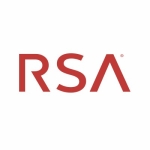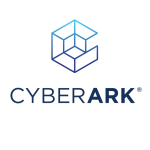My environment is multi-cloud. I have a production workload in Nigeria. I have some data centers in Continental Europe and in the East US in multiple regions. We operate both on-premises and on two different public clouds: AWS and Azure. At the time, because of how Fortinet worked, we connected to our customers via remote access VPN.
Because of the nature of Amazon Infiniti, it had a very big impact in Africa and on how we implemented our SA as the most effective authentication service for our VPN.
Originally, when people tried to connect, they had to put in their original credentials and send a request back. The issue here started before software tools were being used, and hardware tools had to be used for privacy. We had to have five firewalls and five different token devices. It was very clumsy and not efficient.
We decided to go with FortiAuthenticator because it provides us with a single point of authentication, instead of having an authenticator on each one of the firewalls. Only five to twelve hours are connected on the back and then Citrix will send us an email or a text message. We can then easily and seamlessly use the solution.
The first valuable feature is being able to see everything on one platform. This includes logs and authentication failure.
The second valuable feature is that the delivery and delivery methodology is toll-free. This includes email configuration, using the mobile app, and text message delivery. There is no need to buy any extra hardware, it is free.
The third valuable feature is that the chip that is applied is free.
We save a lot of money on consolidating tool teams. We have multiple different tool teams. This solution provides us with a single point of authentication for all of the files in all of the teams' environments.
The user interface can be improved.
The technical support team is bad.
The cloud deployment felt limited, but there was valuable information on the Internet. A lot of testing needs to be done, and the deployment is easier for those who understand how to do it on the cloud. We needed support here and the support team could not figure out the issue. Eventually, one of the support team members helped, but there was still an information gap.
It is usually cheap. Without a license, you can use some basic features. You can buy a 20-year license and implement the solution once.
I rate the overall solution a nine out of ten, due to support issues.











